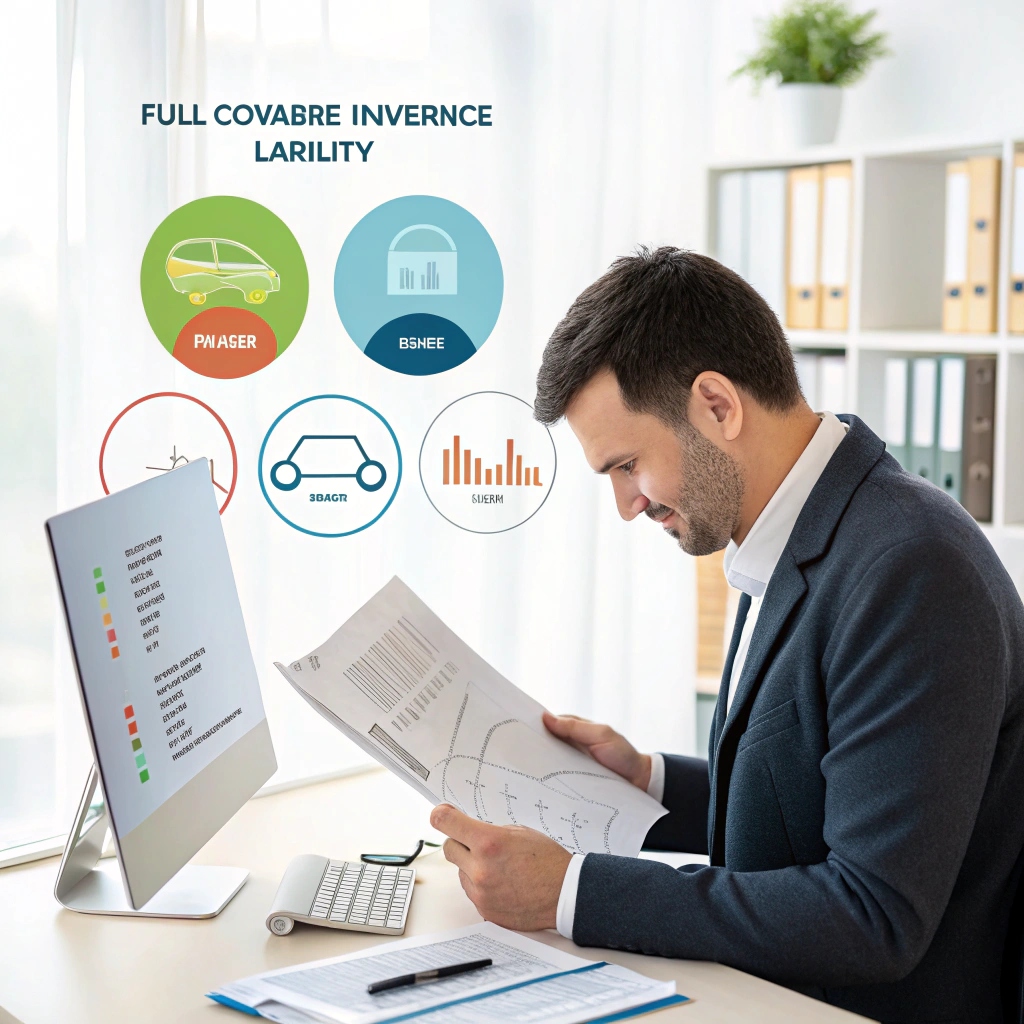Choosing the right auto insurance policy is a critical financial decision that directly impacts your safety, your vehicle, and your peace of mind. The two most common types of auto insurance policies are liability insurance and full coverage insurance, each designed for different financial situations, driving habits, and risk tolerances. In this comprehensive guide, we’ll break down the differences, pros and cons, cost factors, and how to decide what suits your unique needs.
What Is Liability Auto Insurance?
Liability insurance is the minimum coverage required by law in most U.S. states. It typically includes:
- Bodily Injury Liability: Covers medical expenses, lost wages, and legal fees if you injure someone in an accident.
- Property Damage Liability: Covers repair or replacement costs for another person’s vehicle or property.
Important Note: Liability insurance does not cover your own vehicle or injuries in an at-fault accident.
What Is Full Coverage Auto Insurance?
Full coverage isn’t a policy type per se, but rather a bundle of coverages that go beyond liability:
- Collision Coverage: Pays for your vehicle’s damages in an at-fault accident.
- Comprehensive Coverage: Covers non-collision incidents such as theft, vandalism, fire, hail, or hitting an animal.
- Liability Insurance: Still included and required.
Full coverage may also include:
- Uninsured/Underinsured Motorist Coverage
- Medical Payments (MedPay) or Personal Injury Protection (PIP)
Cost Comparison: Liability vs. Full Coverage
One of the biggest deciding factors is cost. Here’s a general comparison:
- Liability-Only Policies: Often cost 40–70% less than full coverage.
- Full Coverage Policies: Higher premiums due to the broader protection.
Factors That Influence Cost:
- Age, gender, and driving history
- Location (state, urban vs. rural)
- Vehicle make, model, and value
- Deductible amounts and coverage limits
- Credit score (in many states)
When Liability-Only Might Be Enough
Liability-only coverage can be sufficient if:
- Your car is older and has low market value
- You can afford to replace or repair your car out-of-pocket
- You drive infrequently or have a short commute
- You’re trying to meet state minimum requirements affordably
Pros:
- Lower monthly premiums
- Meets legal minimums
- Good for budget-conscious drivers
Cons:
- No protection for your own vehicle
- No coverage for theft, weather damage, or at-fault repairs
When Full Coverage Makes Sense
Full coverage is often a better choice when:
- You have a new, expensive, or leased vehicle
- You live in areas prone to theft, weather events, or wildlife accidents
- You cannot afford major out-of-pocket repair or replacement costs
- You want peace of mind against unexpected events
Pros:
- Broad protection
- Includes damage to your vehicle
- Often required by lenders if you’re financing/leasing
Cons:
- Higher premiums
- Higher deductibles may apply
State Requirements and Legal Considerations
- Every state has minimum liability requirements, but full coverage is generally optional unless your vehicle is financed.
- Failing to meet state minimums can lead to fines, license suspension, or impoundment.

How to Decide Which Is Right for You
Ask yourself:
- What is the current value of my car?
- Can I afford to pay for repairs or a new vehicle myself?
- How much risk am I willing to take?
- Is my vehicle financed or leased?
- What is the crime or accident rate in my area?
Also, use online insurance comparison tools and quote estimators to get accurate rate differences.
Tips to Lower Your Insurance Premiums (for Both Types)
- Raise your deductible (only if you can afford the out-of-pocket cost)
- Bundle auto with home/renters insurance
- Maintain a clean driving record
- Improve your credit score
- Ask about discounts: Safe driver, student, military, low-mileage, anti-theft, etc.
The Middle Ground: Customizing a Hybrid Plan
You don’t have to choose an all-or-nothing policy:
- Opt for liability + comprehensive but skip collision
- Raise deductibles on full coverage to reduce premiums
- Drop full coverage once your vehicle depreciates significantly
Custom plans can strike a balance between cost and coverage.
Your Needs, Your Policy
There is no universal answer to the full coverage vs. liability debate. The best insurance plan depends on your vehicle’s value, your financial situation, risk appetite, and long-term goals. Assess your needs honestly, compare quotes, and adjust as your circumstances change. With the right balance of affordability and protection, your auto insurance can provide the peace of mind you deserve on every drive.


Leave a Reply